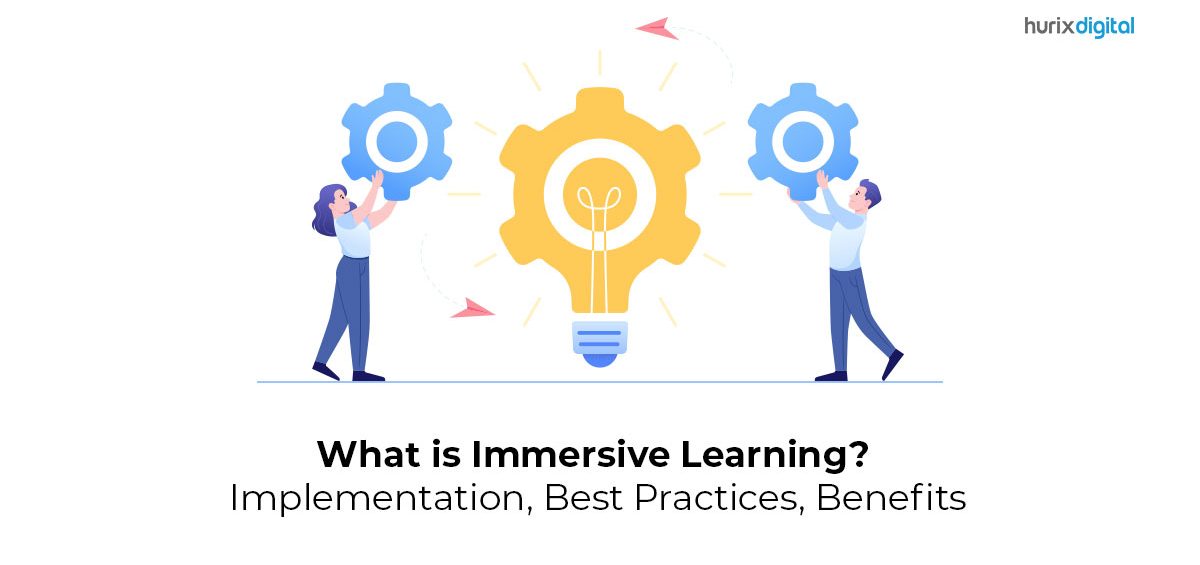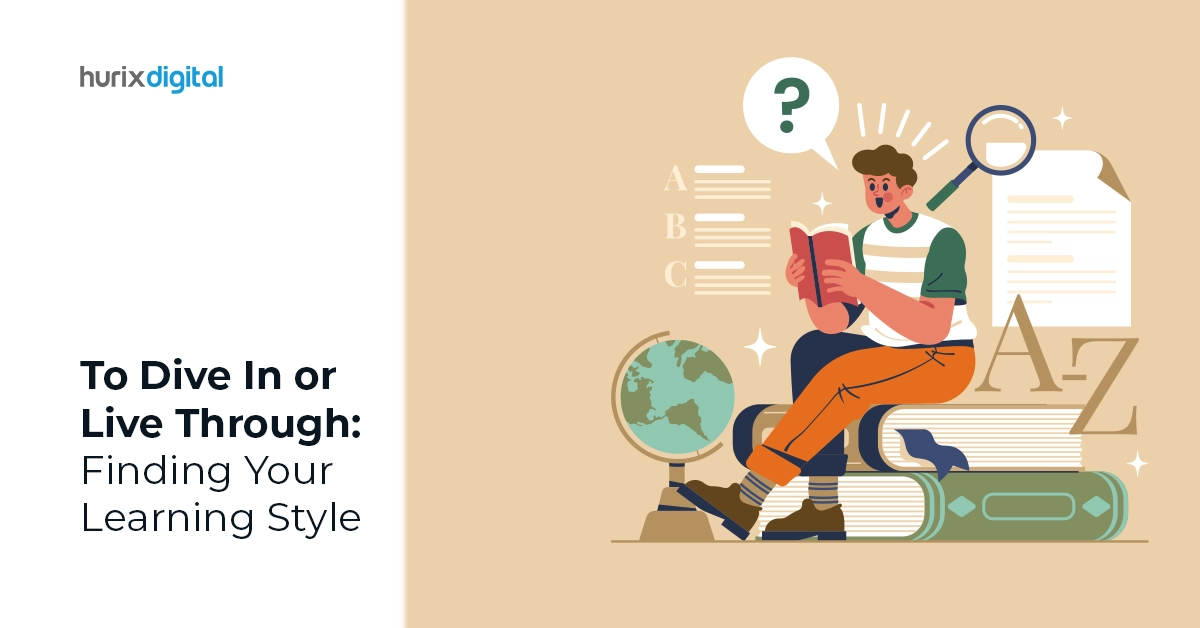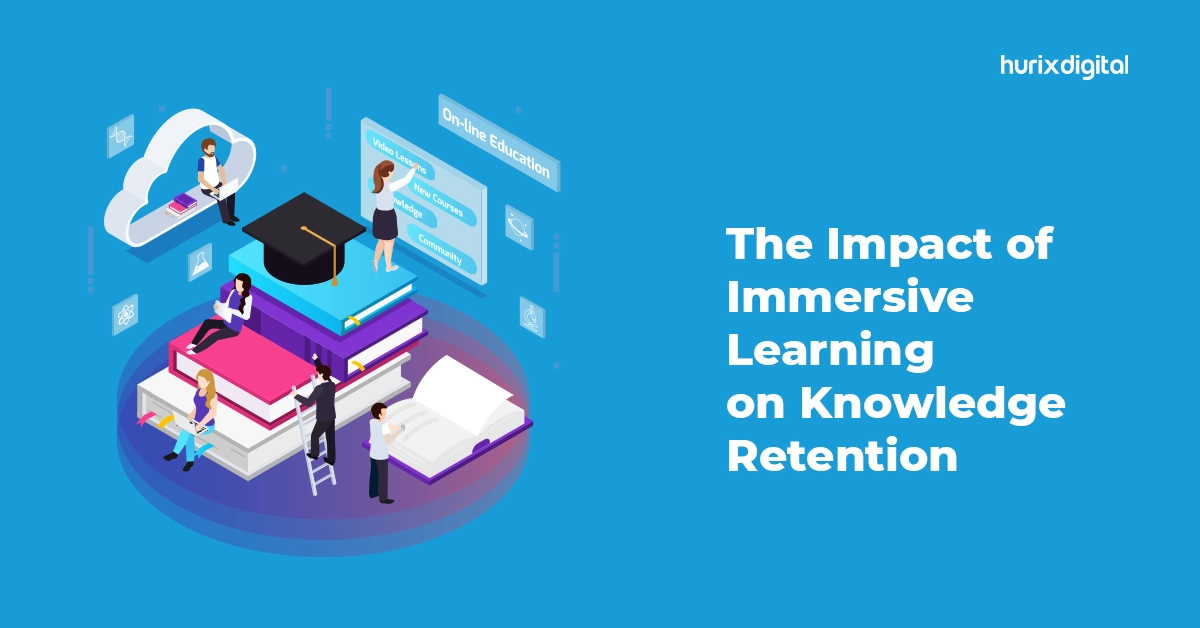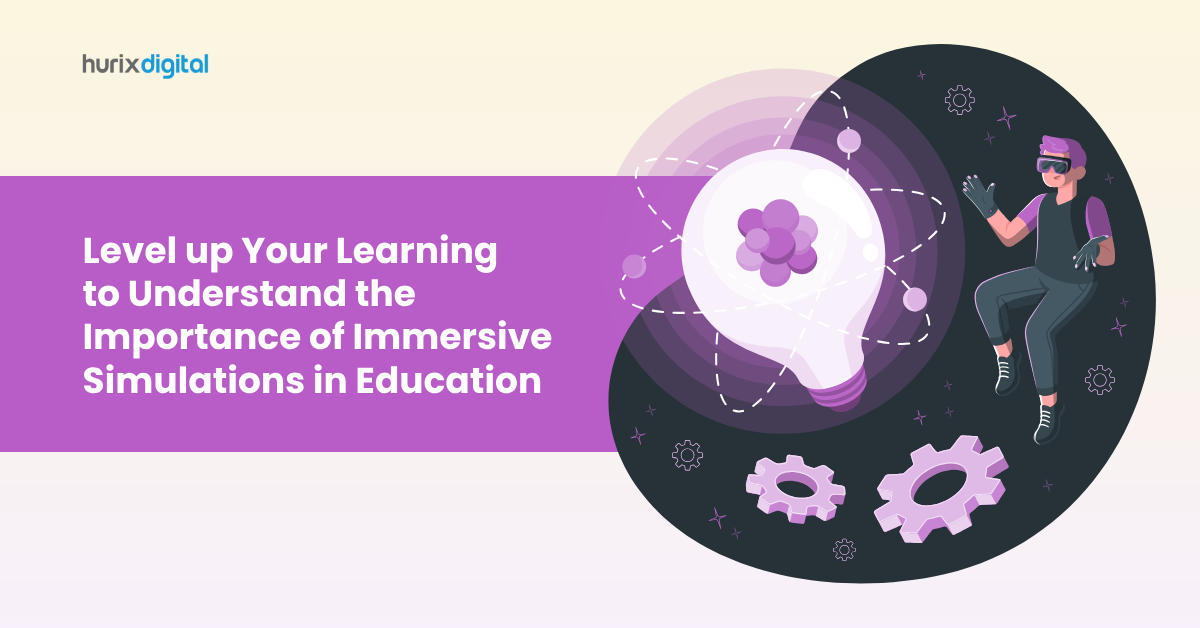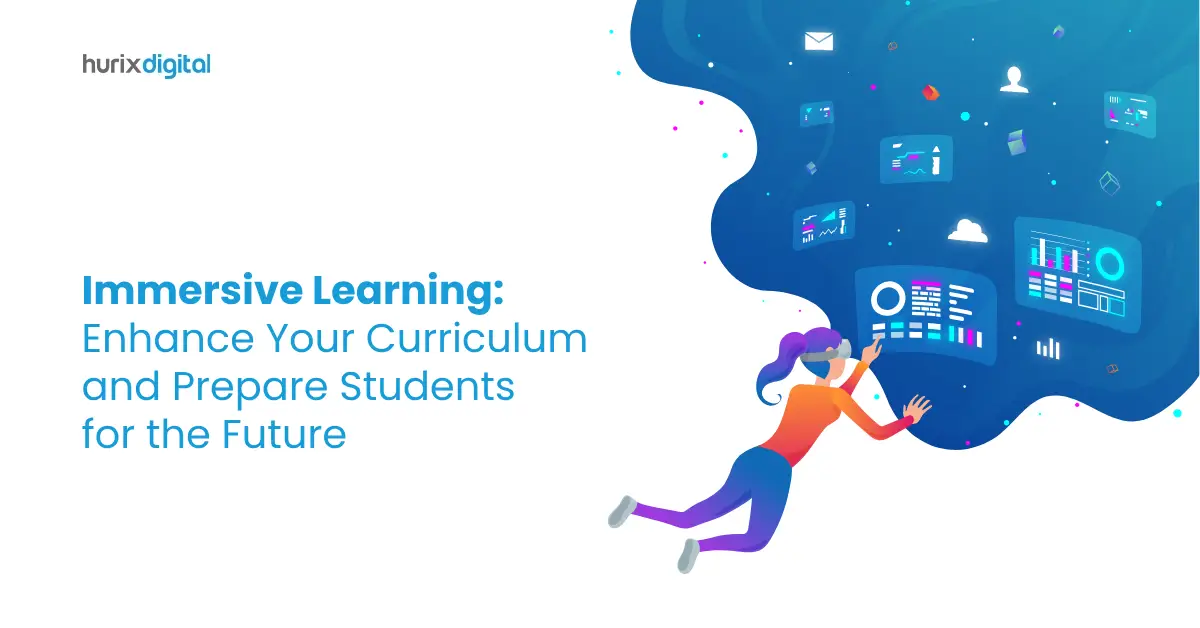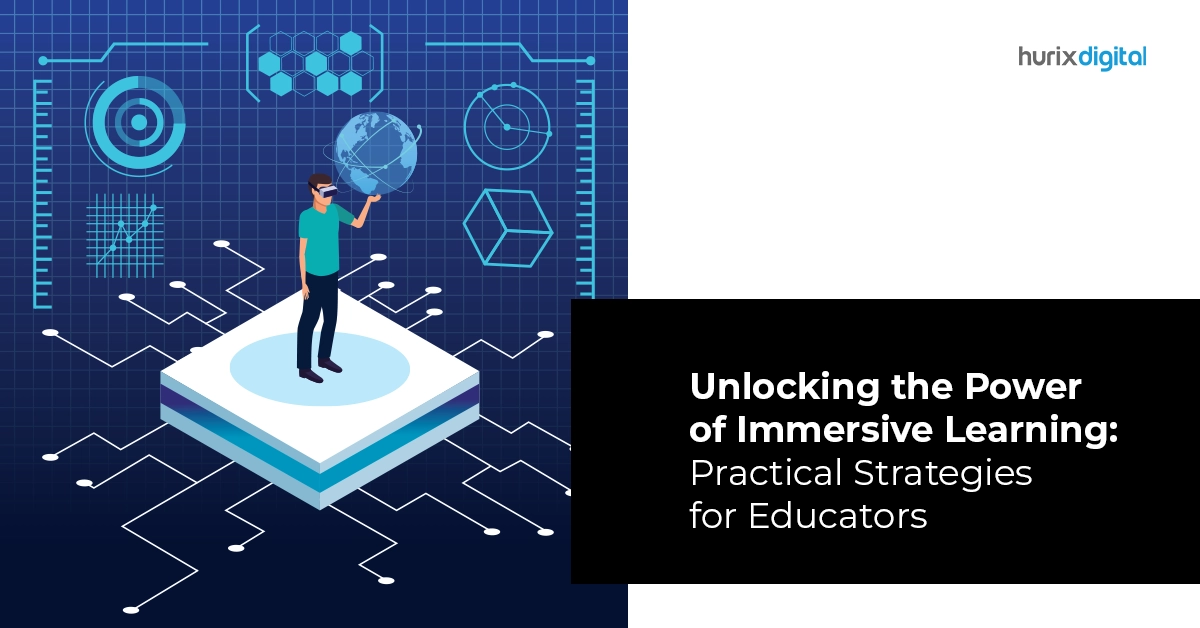Summary
This article is a comprehensive guide to the use of immersive learning in education. It provides a definition of immersive learning, the benefits of this pedagogy, and best practices for its implementation.
With the rise of digital education, there has been a parallel rise in the need to be creative about content delivery. This is where immersive learning platforms step in. These technologies make it possible for educators to create high rates of learner engagement truly.
In fact, for about 19.1% of the respondents in EdTech’s X polls, immersive learning was part of the top 4 technology plans in 2023. This paints a good picture of how important it has become today.
There are several benefits of immersive learning in education, in addition to improving student engagement. These technologies also play their part in helping with memory and recall.
Let’s explore some interesting aspects of immersive learning and its application to education.
Table of Contents:
- What is Immersive Learning in Education?
- How can Immersive Learning be Implemented?
- What are the 5 Benefits of Immersive Learning?
- Best Practices for Immersive Learning Technologies
- Wrapping Up
What is Immersive Learning in Education?

In simpler words, immersive learning stimulates the scenarios of the real world digitally, evoking a response from the learner in stimulation.
This teaching method is unique in its application because the learner is actively engaged in the learning environment and interacting with the lesson. The educators also get real-time feedback updating them on each learner’s engagement levels, progress, and performance in the lesson.
Also Read: 6 Best Innovations in Teaching and Learning Methods in 2023 and Beyond
How can Immersive Learning be Implemented?
Implementing an immersive educational experience requires a well-designed interplay of the learners’ coursework and the immersive learning technologies selected.
The key is to identify the type of immersive learning application you would like to leverage for teaching purposes:
- Virtual reality
- Augmented reality
- Mixed reality
- Gamification
- Simulations
- 360° video
Depending on your choice, the best educational module can be developed by designing an immersive learning environment. This space allows students to interact with the simulated virtual world through wearable technologies. This includes VR headsets, projected video, or 360° video.
There are four cornerstones to creating an effective immersive learning experience for students:
- Engagement: Immersive learning enhances student engagement by actively involving them in the learning environment. The stimuli encourage learner participation in the curriculum, solidifying the lesson.
- Effectiveness: Immersive learning adopts the “Learn through action/doing” pedagogy, drastically improving this teaching method’s effectiveness.
- Spatial design: Spatial design involves designing friendly spaces for students to engage with VR, AR, or MR modules.
- Performance tracking: Immersive learning can provide real-time, student-specific feedback to the educator about their performance. They can also leverage reports and analytics to understand the efficacy of a lesson delivered through an immersive learning method.
What are the Benefits of Immersive Learning?
Immersive learning platforms provide not only the benefit of efficacy in course delivery but several others to both educators and students:
1. Improved Engagement
The immersive learning curriculum is highly engaging because it stimulates more than a learner’s visual and aural attention. It stimulates interaction, decision-making, and action, leading to better engagement.
Students can engage more of their attention in devising solutions to the problems presented to them through immersive learning.
2. Personalization
Educators can tweak the learning program of each student according to their capacity for learning and content consumption preferences.
For example, for quick learners, educators can speed up or increase the difficulty of the course. On the other hand, for learners who face difficulties, educators can incorporate hints, tips, and tricks into the course.
Learners can also set the pace of their course
3. Immediate Feedback
The interactive modules are designed so that students receive immediate feedback on their performance for a particular task.
In case their problem-solving approach was correct but the solution was wrong, they will get prompt feedback to try again. Similarly, feedback can incorporate rewards for those who have performed well on a task.
4. Experiential Learning
Hands-on experiences while learning facilitate better recall and retention of the concepts taught during the lesson. This doesn’t necessarily have to be catered to through technology.
Incorporating interactive games based on educational concepts also classify as experiential learning. A good example is teaching mathematical fractions through the use of pie models.
5. Fewer Complications
Using technology to create immersive learning experiences helps offset the steady cost of hiring the right educators and investing in printed resources.
It also removes the biases that some teachers develop towards the students who perform better, giving each learner an equitable opportunity to improve themselves through self-pacing and personalizing their course as per their needs.
Best Practices For Immersive Learning Technologies
Immersive learning experiences deliver the right outcomes when they have been configured well to resonate with the objectives of the curriculum, the educators, and the learners.
Here are a few best practices to keep in mind:
1. Clear Objectives
You gain the maximum benefit of immersive learning technologies when the goals of the modules are clearly defined.
The learners should know exactly what is expected from them. Additionally, the module should be aligned well with the course objectives.
2. Interactive Elements
The inclusion of interactive elements, such as gamified assessments, videos, podcasts, etc., helps to make immersive learning more experiential.
They also augment the simulations and simulations that the immersive learning platform creates, which helps better the delivery of the lesson.
3. Realism
Immersive learning technologies can create hyper-realistic simulations of real-world scenarios to help enhance learning.
Incorporating this in your lessons may help better deliver your students’ problem-solving or analytical capabilities.
4. Accessibility
Accessibility is the key to creating a successful course. You should ensure that the learning material you have created is accessible on all operating systems and is friendly with various devices.
5. Social Learning
Including ways for the learners to interact with each other during class helps knowledge sharing. It is a good decision to provide chat forums, collaborative learning modules, and peer review tasks to encourage social learning.
Also Read: Advantages of Using Immersive Animations for Better Learning Outcomes in K-12 Education
Wrapping Up
Contrary to popular belief, immersive learning is more than just wearing headsets and engaging in virtual reality. This pedagogy has the potential to break all educational impediments and truly transform learning for the better.
To that end, Hurix Digital assists educators with the necessary technologies and digital infrastructure required to make immersive educational experiences possible for their students. Their learning simulation solutions come with real-life lab experiment simulations, complex interactive simulations, and much more.
Visit Hurix Digital to learn more.


